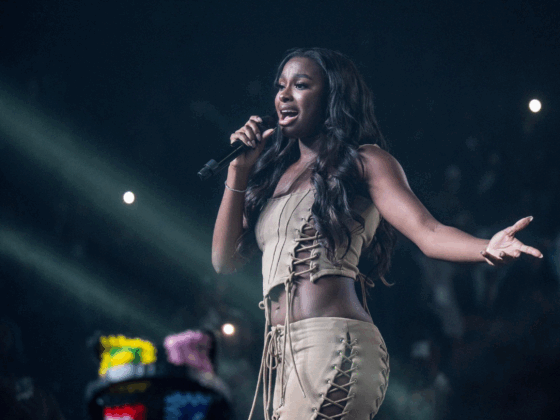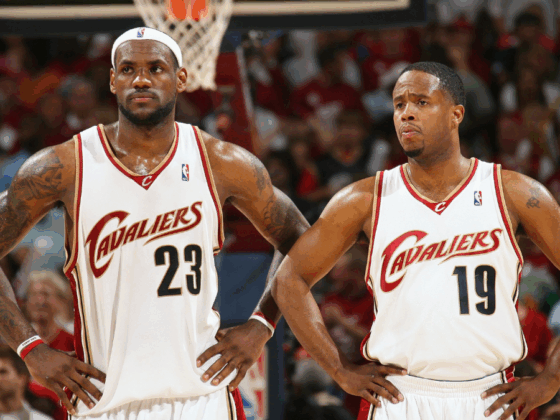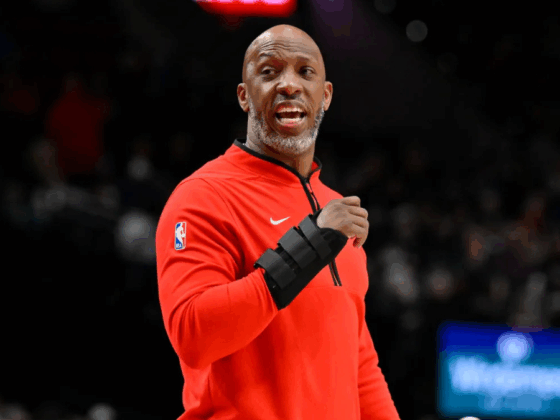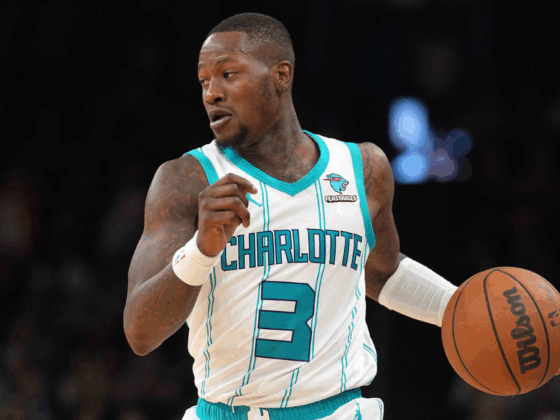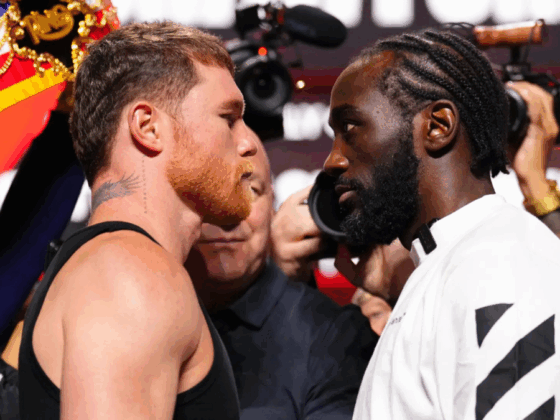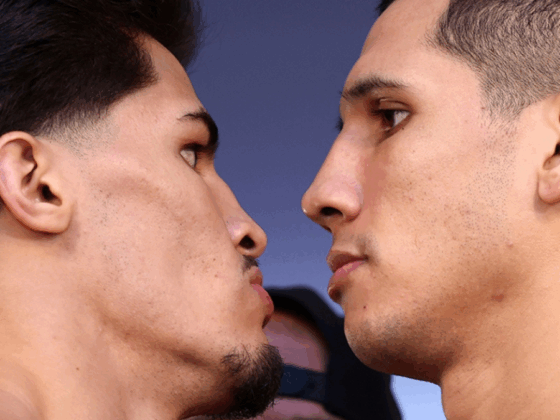
Another set of NBA Power Rankings is here after this week’s games. A few teams that had exceptional starts have found that regression to the mean is settling in a bit, but there’s more that needs to be uncovered. The Western Conference is really in flux, besides its top two teams, there isn’t too much to differentiate between the rest of the field (but of course, Kawhi Leonard is getting back into game shape for the Spurs). Last fortnight’s rankings are right here.
All team statistics are recorded as of games played on Dec. 16. A few of the contests aren’t included in the model which marginally affects the results.
If you’d like to read these rankings’ methodology, then check the postscript at the end.
Here are the results after the ninth week of NBA action, some of which will be striking. But given how lopsided wins’ and losses’ impacts are diluted as the sample size grows, we should expect true contenders to emerge near the top of this ranking system by midseason.
Notes for this week’s rankings
- Toronto Raptors (3) – The Raptors have one of the deepest benches in recent memory. Having the opportunity to create myriads of lineup combinations with Kyle Lowry, OG Anunoby, CJ Miles, Jakob Poeltl, DeMar Derozan and others mitigates the dropoff from starters to bench (which is a phenomenon that you’ll often see from the Charlotte Hornets (19).
- Utah Jazz (6) – Rudy Gobert’s had a very difficult season amid several knee injuries where others collided into his legs. Nevertheless, the Jazz have been a strong defensive unit and have had a few splashes of aptitude on the offensive end. After his ignominious start, Donovan Mitchell’s become a prolific rookie scorer. In December, Donovan has averaged 25.98 points per game with a true shooting percentage of 60.6.
- San Antonio Spurs (12) – Kawhi is finally back. Because of injuries, the depth in the Western conference has taken a significant hit & its teams haven’t been thoroughly impressive in both defensive & offensive efficiency. Therefore, Western Conference teams haven’t reflected strongly in these models. With Kawhi’s presence, we should expect that his team’s offensive success should propel them back into the top 10 of these power rankings before we know it.
- Detroit Pistons (17) – Detroit has faltered. Tobias Harris’ prolific 3-point shooting has returned to its norm. The team is 2-7 in its last nine games, and its point per game output (though an incomplete, pace-independent measurement) has dropped 10 points in the last month.
- Orlando Magic (22) – We anticipated a regression from Orlando, but this is an extreme. When we found out that Orlando’s early-season offensive efficiency was a product of their aberrant jump-shooting, we should have known it would be temporary.
- Memphis Grizzlies (27) – “Finally”… they’ve played a bit more competitively, but Conley’s absence has compromised their power rankings assessment greatly.
Postscript: Frame of Reference for NBA Power Rankings
Once again: I’ve created two models. One that predicts team win percentage given a variety of statistics that I tested in a random forest model and another that’s based on hierarchical clustering. It isn’t a matter of who beat whom.
I should also stress that wins and losses that greatly affect a team’s net rating manifest in the final product. Therefore, if a team loses by 40, as the Magic did to the Jazz on Nov. 17, then their ranking could suffer and the opponent’s rating could flourish above expectation.
As a reminder, here’s a snapshot of the final result for 2016-17: 
